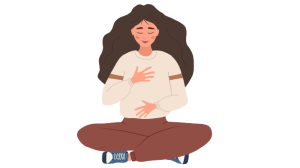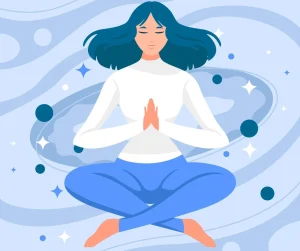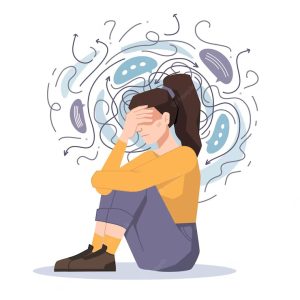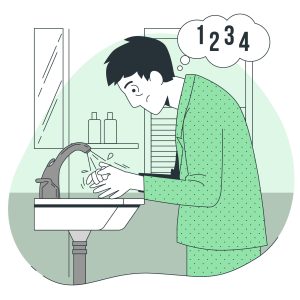
How You Can Sleep Better Using Mindfulness
Since sleep is such an integral part of our well-being, let’s explore some of the reasons for ever growing sleep difficulties and how you can

Since sleep is such an integral part of our well-being, let’s explore some of the reasons for ever growing sleep difficulties and how you can

Breaking The Cycle of Chronic Dissatisfaction Do you find yourself constantly chasing one goal after the other? Is it difficult for you to savor happy

The Quiet Effects of Chronic Stress: How To Overcome It? Everyone knows that stress is not good for us. However, one pertinent question is –

Over the recent years, there has been a growing number of people opting for online counselling services. This option has provided many individuals with better

How To Approach Mindfulness During Stressful Situations? In today’s times, mindfulness practices have become pretty well known as stress management practices. Even if one does

A panic attack can be a scary and confusing experience to go through. During a panic attack, you can feel like your heart is beating

OCD is a deeply misunderstood disorder. Often, we see people around us referring to someone as being “extremely OCD,” when they are talking about someone

The Great Resignation, also known as the Great Reshuffle and the Big Quit refers to an economic situation where employees voluntarily quit their job en

Often children find it difficult to manage the flood of thoughts and emotions that they experience while coping with a difficult situation or even while

Wouldn’t it be wonderful if our children could experience full joy while eating an ice-cream or while doing an activity they love, instead of burning

We specialize in combining psychotherapy with deep wellness practices like mindfulness and meditation and creating a customized mental health plan for individuals and organisations.
We specialize in combining psychotherapy with deep wellness practices like mindfulness and meditation and creating a customized mental health plan for individuals and organisations.

A young woman from another country moved with her family to live for one year in a town near the monastery. When, in the course of the year she discovered the monastery, she would periodically visit to have discussions with the Abbess. The Abbess introduced her to meditation, which became very meaningful for the young woman.
When the family’s year-long stay was drawing to an end, the young woman asked the Abbess, “In my country there is no Buddhism and no one has even heard about meditation. How can I continue to learn and deepen the practice you have started me on?”
The Abbess said, “When you return home ask far and wide for who, among the wise people, is recognized as having the greatest ability to listen. Ask that person to instruct you in the art of listening. What you learn about listening from such a person will teach you how to further your meditation practice.
― Gil Fronsdal, A Monastery Within: Tales from the Buddhist Path